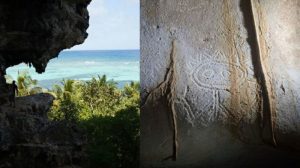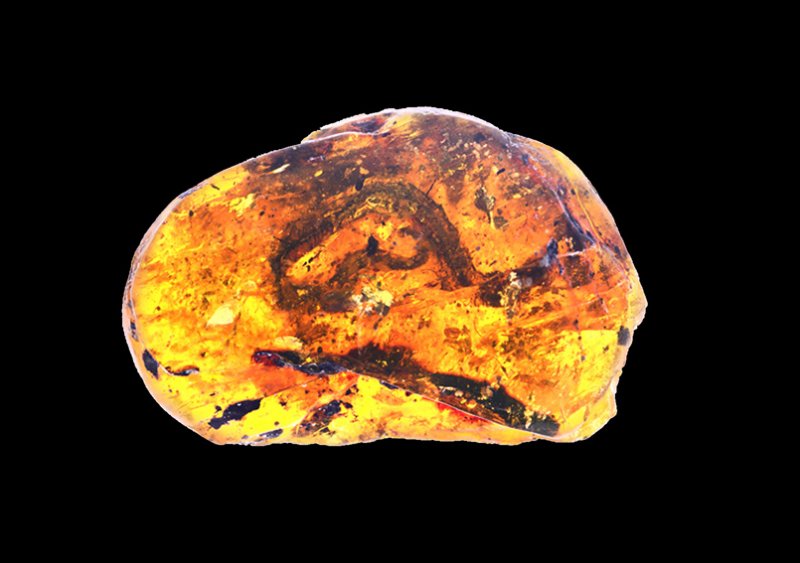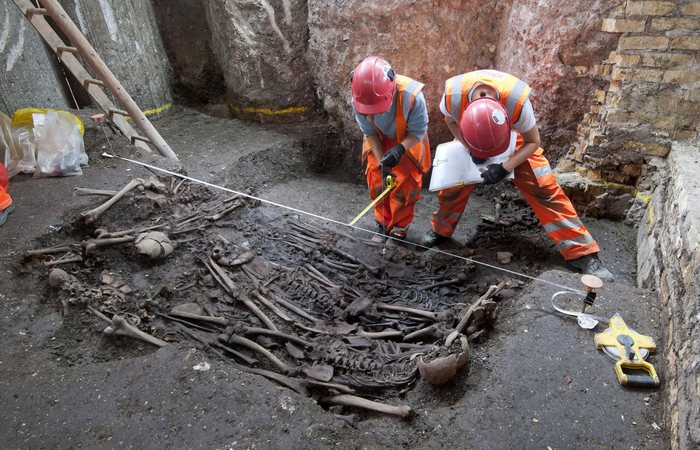Graffiti of the first Christians, the Egyptian tomb and other unique artefacts found on islands hidden from civilization
 There are thousands of islands in the world. Many of them have their own rich history, culture and secrets. Given the natural isolation, a strange culture for the rest of the world was often created on the islands. Today, scientists are looking for archaeological clues in Europe, America, the Middle East and Asia, which may reveal previously unknown details about the long-lost civilizations. But the islands also often keep secrets of extinct cultures.
There are thousands of islands in the world. Many of them have their own rich history, culture and secrets. Given the natural isolation, a strange culture for the rest of the world was often created on the islands. Today, scientists are looking for archaeological clues in Europe, America, the Middle East and Asia, which may reveal previously unknown details about the long-lost civilizations. But the islands also often keep secrets of extinct cultures.
1. Temple of Artemis
Greece
Lost temples have long become clichés for films, but in real life, archaeologists literally hunt them. One temple “eluded” scientists for more than a hundred years. The search began after scientists studied the records of the geographer Strabo (the first century of our era), who described the great temple dedicated to the goddess Artemis. Following the instructions of Strabo, archaeologists began excavations near the ancient city of Eretria on the Greek island of Evia.
All efforts since the XIX century were in vain. Then in 1964, the team discovered something that made them realize that Strabo was wrong. They found a Byzantine church containing material clearly taken from an ancient Greek structure. This led archaeologists to review Strabo’s claims that the temple was 1.5 kilometers from Eretria. Instead, they calculated a more likely distance of 11 kilometers.
Finally, in 2012, scientists discovered a possible temple gallery under a hill in the village of Amarynthos. Only in 2017, they managed to break even lower and found the sanctuary of Artemis. Inside were found various scrolls and coins with her name, as well as an underground fountain and buildings dating from the 6th – 2nd centuries BC.
2. Dolphin’s grave
Great Britain
In the Middle Ages, on the island of La Capell (Channel Islands) someone buried a dolphin according to the Christian rite. In 2017, archaeologists worked on an island 15 meters long in the English Channel when they found a human grave. But inside her were found the bones of a dolphin. At first, archaeologists wondered what it was. Then they were prompted by the literature on those times.
Perhaps it was a canning pit filled with salt, and for some reason the animal did not get out of it. Although there were signs that the creature was killed, the grave was an exact replica of others found in medieval cemeteries. The island may have been a haven for a hermit monk in the 14th century, but in addition to a bizarre burial no other remains were found.
3. Evolution in action
Ecuador
On the island of Daphne Major in the Galapagos something incredible happened. For the first time, scientists observed the emergence of a new species in the wild – for two generations. Biologists have noticed how the birds of the “large cactus earthen finch” species interbred with the “medium earthen finch”.
Although usually in such cases, a completely sterile generation is born, in this case the species, confirmed by genetic tests, proved to be stable. In 2012, researchers counted eight breeding pairs and 21 single individuals of a new species.
4. Mona Island Caves
Haiti After the Spaniards landed on the Caribbean island of Mona, they destroyed the local culture of the Taino people. When archaeologists recently found rock paintings in the caves of the now-deserted island, she provided a precious chance to see what Taino’s spiritual beliefs were, because the “paintings” were made before the arrival of the Spaniards.
As a result of a three-year study, scientists have found images of animals, human figures and persons decorated with headdresses, as well as thousands of pictograms. Some of the images were scraped on the walls, while others were painted. Usually, ancient artists used only coal and ocher for drawing.
But Taino used unique paint blends for each cave, using charcoal, plant materials, minerals, and bat droppings as ingredients. Researchers have a theory about why images were applied in extremely uncomfortable conditions for hundreds of years (XIII – XV century). Taino believed that the Sun and the Moon had risen from the ground, which made the art of spelunking a sacred activity.
5. Gallery of thumbnails
Indonesia
In 2017, archaeologists first explored a tiny Indonesian island called Kisar. They found that they were not the first people who set foot on a piece of land covering an area of 81 square kilometers. Kisar was full of cave paintings found in at least 28 places.
This rock art was thousands of years old. Basically there were 10 centimeters images of boats, horses, dogs and people holding various objects. Similar ancient art found on the neighboring island of Timor.


